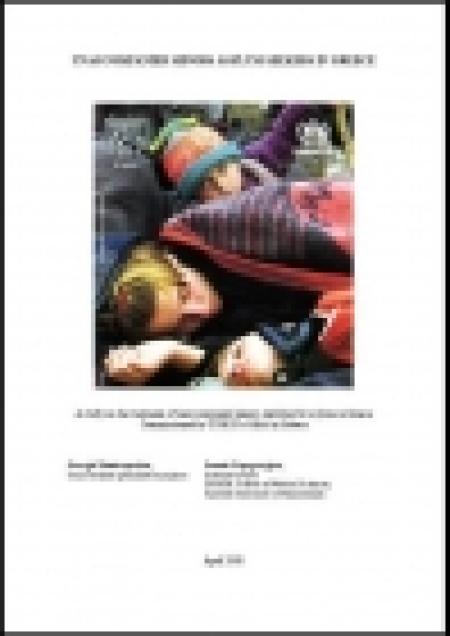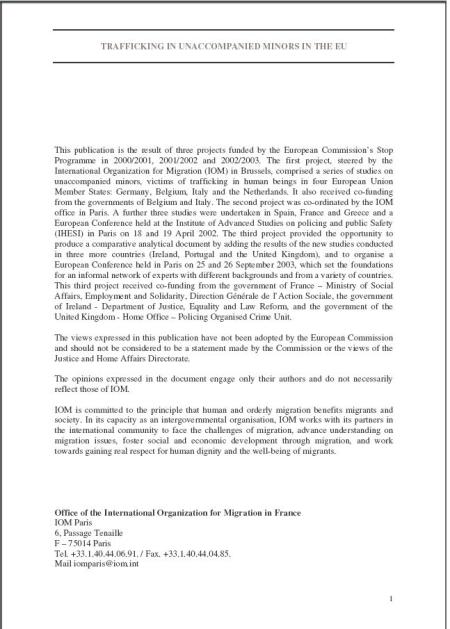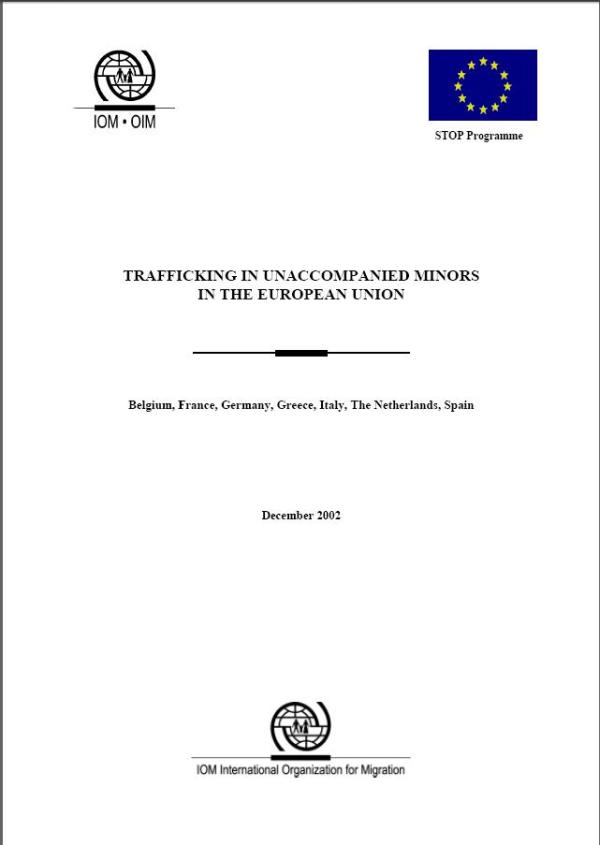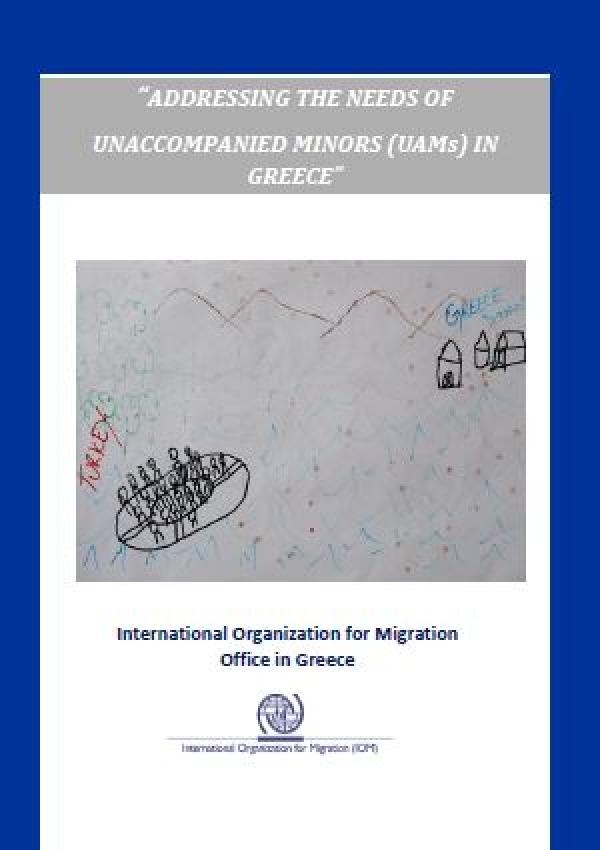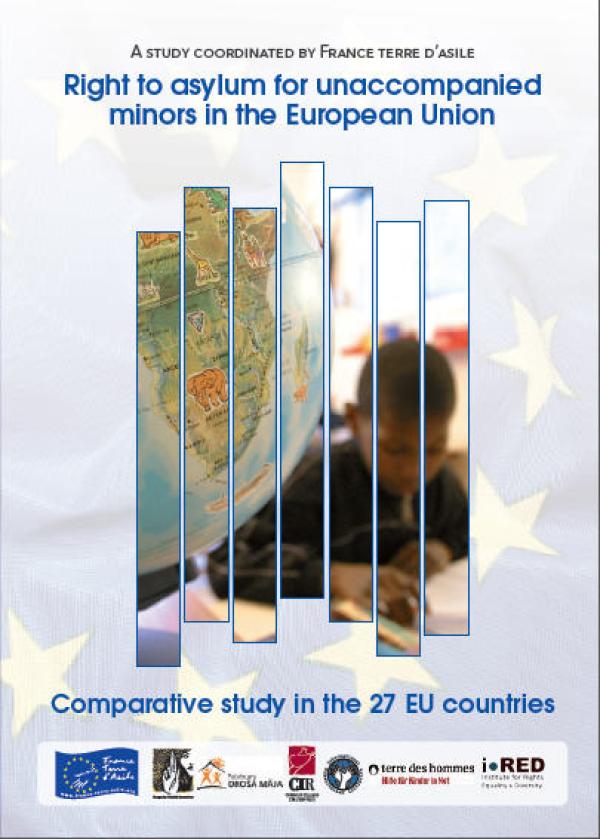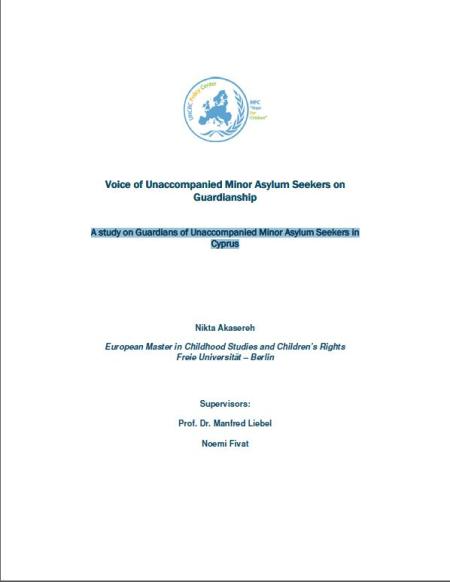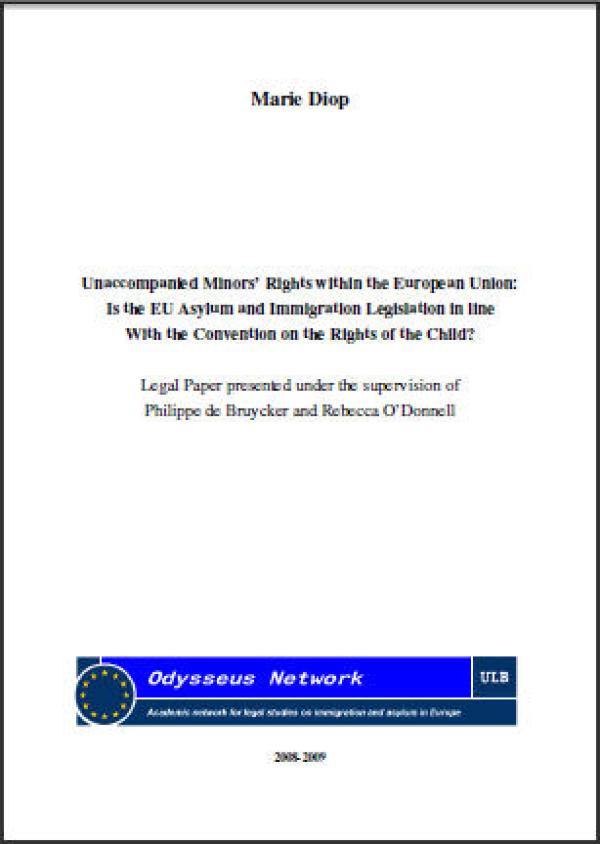
The current study was undertaken in the first half of 2009 within the framework of the European Migration Network (EMN). It concerns the policies on reception, return and integration arrangements for unaccompanied minors (UMs) in Belgium, and contains statistical information on these. The overall objective of this study is to assist political decision-makers at European level and within the Member States to compare the situation of unaccompanied minors in the various EU countries; to fill a knowledge gap on their policies; and to draw from this comparison such conclusions as might then be used for making targeted improvements in the treatment of unaccompanied minors. On the Belgian level this study is also intended to raise awareness of the challenges and problems Belgium is facing in dealing with unaccompanied minors. On average there are around 1.800 unaccompanied minors per year in Belgium that are registered by the Guardianship Service. The majority of them (60-70%) does not apply for asylum and are in most cases intercepted by the police authorities. The largest group in this category originates from Algeria, Morocco or India and from other European countries (Serbia, Bosnia and Romania and they often belong to the Roma population). Their rationale for seeking entry into Belgium would require further research, but a few reasons can be discerned: Belgium is used as a transit country to the UK or Scandinavian countries; they are street children wandering around Europe who decide to stay in Belgium; or they belong to the Roma population and travel around. On the other hand, there is the category of those who apply for international protection (30-40%) as they are fleeing their country of origin for fear of persecution. Mainly 5 countries make up around 50% of all asylum applications of UMs: Afghanistan, Guinea, DR Congo, Russia and Iraq.










